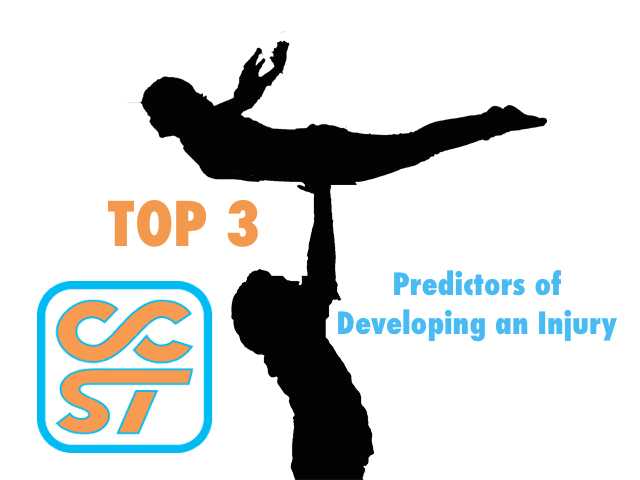WOW, Stampede is here – or should I say Yee Haw! It’s the first week of July, which means everyone’s stampede attire is getting ironed and ready to go. Staying healthy and getting exercise can be hard during holidays and festivals, especially when there are free pancakes at every other corner.
Below are my top 6 tips to stay healthy and keep moving throughout the Calgary Stampede.
1. Have a plan:
This will help you adhere to your normal routine and not throw you off from your usual work, exercise, sleep and/or dietary habits. This doesn’t mean you have to have every minute scheduled, just don’t cram too many things into your week that go against your norm. If you are planning to attend a couple of pancake breakfasts, try to spread them out throughout the week, or search for the healthier options: at Talisman Centre for example, or a slightly more elaborate breakfast put on by Amber Approved. Stay on track with your exercise; don’t skip out on your walks, runs, spin classes or yoga, just schedule them in before you head to the party!
2. Bring water and pack healthy snacks:
To not go off the rails completely, it helps to bring some of your own food with you to Stampede events. Healthy snacks – such as dried fruit, vegetables, and nuts – are easy to pack and a great side to fair food. Whole fruit doesn’t bruise as easily – think apples, oranges, or bananas. Because of the hot summer days and all of the walking around, I always bring a water bottle that I can refill at the grounds. Also make sure you drink enough water after your alcoholic beverages to stay properly hydrated throughout the day. The heat can be strong out there and you wouldn’t want to end the day with heat exhaustion or heat stroke. If you notice any signs of heat exhaustion, promptly go to the nearest medical tent or health centre.
3. Keep the fair foods to a minimum.
This year the stampede is featuring 44 new and unique foods (see the full list here), just focus on 1-2 must-have food treats. Each year I treat myself to a mini corn dog and one new dessert treat (last year was the deep fried oreos, this year I’m thinking the decadent milk shake). When you limit the day to 1-2 treats it makes you savour every bite. This goes for the pancake breakfasts as well: don’t douse the pancakes with too much syrup and try to limit yourself to 2 cakes.
4. Share your tasty stampede treats:
Not only does sharing your treats allow you to try a wider variety of foods, but also cuts back on the serving sizes. For example, the small bag of mini donuts is a perfect treat to share. There is a ton of sugar and processed ingredients in those donuts, so see how you feel just after a couple. If you can’t share with someone, decide beforehand how much you are going to eat and then leave the rest on your plate. It’s highly likely that you will be completely satisfied and won’t feel ‘deprived’ by the time you have consumed that pre-set amount of food, versus finishing it off and not feeling well from the overly large serving you just consumed.
5. Apply sunscreen and wear your cowboy hat:
If you plan on being out on the grounds all day, definitely bring some sunscreen with you and remember to reapply mid day. Often we don’t realize how much sun exposure we receive out on the grounds until it’s too late. Also, your cowboy hat is not just a stampede attire necessity but also provides great sun protection. For the kids, get the hats with a string attached to go around the chin – this is helpful to ensure that they don’t lose them on the rides.
6. Break in the cowboy boots:
If you plan on wearing your boots over the week, try breaking them in for a few short walks before hand. This will prevent blisters and get your body a little more adjusted to the heel raise in the boots. As a backup plan when packing for the day, a light pair of shoes or sandals may be good to have incase your feet get sore.
Well that’s all folks. Happy Healthy Stampeding to all you Cowboys and Cowgirls!
Written by Dr. Shereen Kangarloo, BSc. DC




